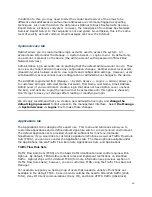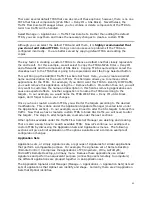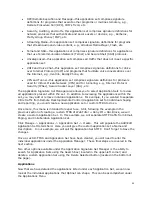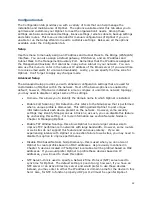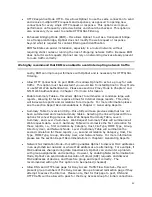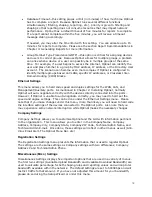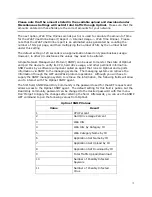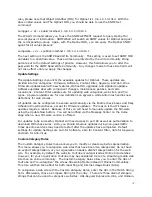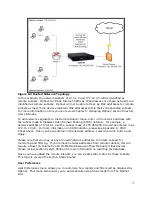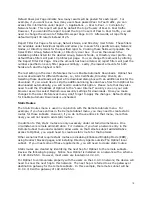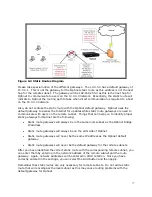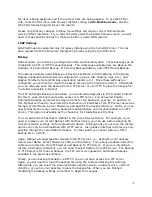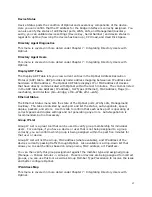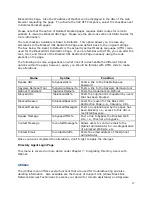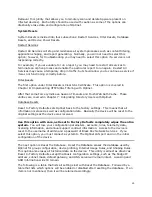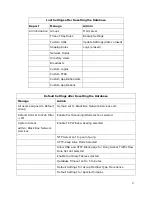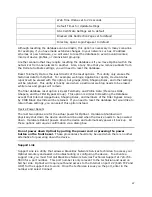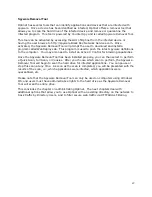
74
As you add web sites to these new categories, the names of these categories will appear in
the new category list under Admin -> Configuration -> Custom Category Rules ->. Assign a
Category as well as under the Edit Blocked Categories list. To add a new category, enter
the name of category in the Add/Edit Category Name field and click the Update button.
Other options available are Edit Selected Row, Apply, and Cancel.
The Precedence tab allows you to modify the order in which the Compare String is examined
for classification of web sites. The Custom Category Rules use three compare strings to
classify web sites: URL-Regular Expression, URL, and Domain. The Default order should be
sufficient, but you can alter the order by clicking and dragging an entry and then selecting
the Apply button. The Cancel button is also available under this menu.
Remote Subnets
By default, Optinet will monitor all traffic within the local subnet. However, Optinet can also
monitor subnets outside the local subnet. These subnets are called Remote Subnets
because they are not within The Optinet local subnet.
Review the following topology. This is an example of a flat network. Characteristics of a
flat network are all devices are connected via switches or hubs, there are no layer three
devices (routers or layer 3 switches), and the network is not segmented logically by
different IP address ranges (VLANs or remote subnets). If you have a flat network, all
devices will fall into the local subnet, and you will not need to add entries to the Remote
Subnets menu as Optinet will be able to track by MAC addresses.
Figure 6.1 Flat Network Topology
Now review the following topology. This is an example of a routed network. Notice how
there are different logical segments separated by the IP address ranges within the network,
i.e., 192.168.255.0, 172.16.0.0, and 10.0.0.0. Also notice how there is a layer three device
present in the network (Router 1). These are characteristics of a routed network.

